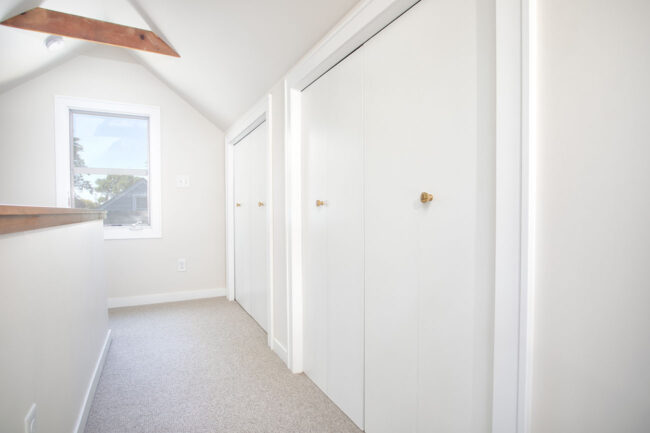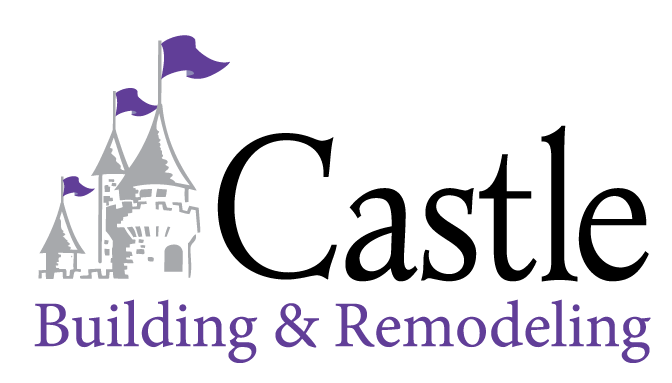7 Cost-Effective Ways to Expand Your Living Spaces

Most homeowners want more room for household activities like relaxing, cooking, eating and sleeping than less. Increasing your home’s living spaces means more room to do what you love. If you decide to sell, it also promises greater privacy, a higher property value and a more marketable house.
You can go about it in various ways, such as adding bump-outs, enclosing finished outdoor areas and finishing uninhabitable indoor ones. Remodeling usually costs a fortune, but these seven tips prove you can spend less to gain more square footage.
1. Upgrade to Bay and Bow Windows
Bay and bow windows comprise a band of glass units jutting out into the exterior area. The main difference between the two is the bay style is angular while the bow is round. Bays usually have three glass panels, whereas bows have more.
Replacing a set of windows in a wall with a bay or a bow creates a bump-out or provides a ledge to increase your counter space. If you use operating panels, these windows can improve your home’s natural ventilation and promote daylight.
Common bay window configurations include oriel, canted, box and circle:
- Oriel: This is the oldest bay window iteration. It exists on the side of a house’s upper floor with corbels at the bottom providing structural support.
- Canted: It’s today’s textbook bay window design. Canted windows have a flat main panel flanked by angled, narrower ones. They also generally touch the ground.
- Box: Box and canted bay window configurations are identical, except the former’s side windows meet the primary panel at a 90˚ angle.
- Circle: Besides having a more prominent trio of panels, the circle bay window features panes above it.
Architecture usually dictates window design to achieve historical accuracy. For example, Queen Anne-style homes have been synonymous with bay windows since the 19th century. Adding the bay or bow is usually ill-advised when it’s not your home’s classic feature, but putting them in a wall not seen from the street can be a neat workaround.
2. Add Dormers
Dormers offer the same benefits as bay and bow windows — increased space, enhanced ventilation and abundant natural light. The difference is these bump-outs tend to cost more to construct and maintain because they involve the roof and may require foundation reinforcement.
These projects can run you four to six figures. Still, they’re more affordable than adding a second story.
3. Install Operable Walls
An operable wall is a room divider that can turn a part of your garage or basement into a conditioned space for any purpose. Its wood, metal, or glass panels become an air- and watertight barrier when locked in place.
Save for drilling, this addition’s installation is minimally disruptive. The partition can even be uninstallable, so your space can revert to its original size anytime you want. Demounting it may involve removing hazards like electrical cables, but you can safely detach it for storage.
4. Enclose Your Porch
If you hardly use your porch because of the weather, outdoor noise and wildlife, turning it into a sunroom may crown this space as your new favorite spot. Unlike solariums, sunrooms use typical roofing materials.
A sunroom at your house’s front can reinforce your property’s architectural style and increase its curb appeal. If your winters are tolerable, building a three-season sunroom should suffice. You only need to pay extra for the four-season kind if your coldest months are too frigid for comfort.
5. Make Your Attic Habitable
An unfinished attic is about half the size of your ground floor, so this untapped real estate can quickly increase your home’s overall living area. Improving it isn’t cheap, but it’s almost always more budget-friendly than building up.
Only some attics make an excellent living space. Plus, finishing yours may still disqualify it as additional square footage based on its shape and size. Do your research to determine how feasible it is to bring your attic up to code and whether it’s worth the trouble.
6. Do a Patio-Solarium Conversion
Patios have become a staple of American houses. About 63% of single-family homes in the United States had one in 2022, recording a new high for the seventh straight year. However, a patio is a true extension of your living space only when the weather is mild. It’s unfit — and even unsafe — as a relaxation or social area when it’s too hot or raining.
Many add a retractable awning — or a pergola if you want to use greenery for shade — to make the patio more livable. This minor addition can shield your space against intense sunlight and block light rain. The problem is it offers limited weather protection.
If you wish to enjoy your patio all year round, transform it into a solarium instead. A solarium has a glass roof that can catch plenty of sunlight and frame virtually unobstructed panoramas of the outside world. If you’re part of less than 1% of the American population living in a place without light pollution, a solarium makes a perfect spot to stargaze and marvel at the Milky Way safe from the elements.
7. Finish Your Shed
A climate-controlled shed can be anything you want. If one of your primary residence’s rooms is doing double duty, it can return to its intended purpose when your unfinished outbuilding becomes habitable. You can enhance your house’s living space by simply not using your bedroom as a home office, your enclosed porch as an indoor gym or your living room as a man cave.
A shed conversion can be a significant expense, but it’s cheap when you consider how much it may cost to build up and down. Plus, remodeling an outbuilding can spare your main dwelling’s interior from disruption, no matter how long the project takes.
Maximize Your Home’s Living Space Potential
Your house may have plenty of underutilized areas waiting for discovery. Focus on improving what you already have instead of building something from scratch to obtain more square footage without spending a fortune.
